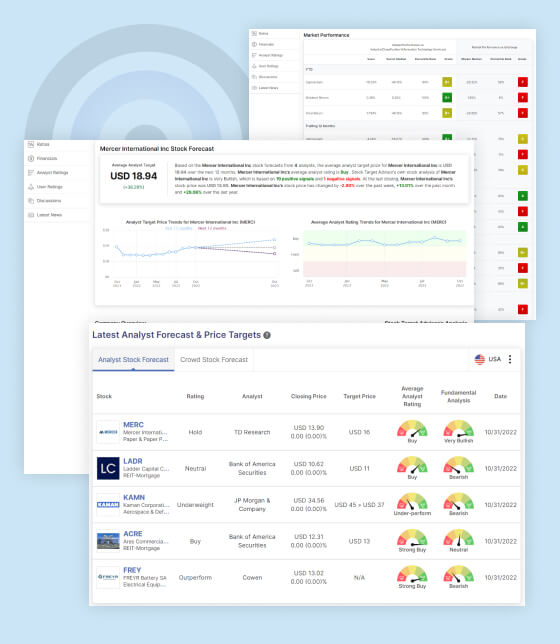Markets in Europe and North America Rise on Powell’s Comments, but Is He Leading Investors into False Security and Danger?
In recent trading sessions, markets across Europe and North America experienced a notable uptick, largely propelled by the comments made by Jerome Powell, the Chair of the Federal Reserve. Powell’s statements, signaling a commitment to potential rate cuts amidst economic uncertainties, injected a dose of optimism into investors, spurring a rally in equities. However, amidst the fervor of market gains, questions arise: Is Powell inadvertently guiding investors into a false sense of security, potentially masking underlying risks and dangers?
The Powell Effect:
Jerome Powell’s remarks during his congressional testimony provided a significant boost to market sentiment. Investors interpreted Powell’s dovish stance, reaffirming the Federal Reserve’s readiness to cut rates if needed, as a signal of support for the economy amidst persistent challenges. Powell’s comments, coupled with favorable economic data, fueled optimism across financial markets, leading to widespread gains in stocks.
The Concerns:
While Powell’s comments may have provided a temporary reprieve for investors, some analysts caution against over-reliance on central bank support and the potential risks associated with such dependency. Here are some key concerns:
- Market Dependency: The market’s reliance on central bank interventions, particularly rate cuts, raises concerns about the sustainability of the rally. Continuous expectations of monetary policy support could lead to a disconnect between market valuations and economic fundamentals.
- Inflationary Pressures: Powell’s dovish stance comes amidst mounting inflationary pressures, fueled by supply chain disruptions, rising energy costs, and robust consumer demand. While the Fed aims to balance economic growth with price stability, excessively accommodative policies could exacerbate inflationary risks in the long term.
- Asset Bubbles: Extended periods of low-interest rates and ample liquidity often result in the formation of asset bubbles, characterized by inflated prices across various asset classes. Investors may overlook underlying risks and overextend themselves, leading to the potential for market corrections and financial instability.
- Policy Effectiveness: There are doubts about the efficacy of further monetary stimulus in addressing structural economic challenges, such as supply chain disruptions, labor shortages, and geopolitical uncertainties. Excessive reliance on monetary policy measures may mask the need for comprehensive fiscal and structural reforms.
Navigating Uncertainty:
In light of these concerns, investors are urged to maintain a cautious approach and adopt strategies to navigate through market uncertainties:
- Diversification: Diversifying investment portfolios across different asset classes can help mitigate risks associated with market volatility and potential corrections.
- Fundamental Analysis: Conducting thorough fundamental analysis of individual companies and sectors can uncover investment opportunities with solid growth prospects and resilient business models.
- Risk Management: Implementing risk management strategies, such as setting stop-loss orders and maintaining adequate liquidity, can safeguard investment portfolios against adverse market movements.
- Monitoring Economic Indicators: Staying informed about macroeconomic indicators, central bank policies, and geopolitical developments enables investors to make well-informed decisions and adapt to changing market conditions.
While Powell’s comments may have spurred short-term market gains, prudent risk management and a comprehensive understanding of underlying economic dynamics remain essential for investors to navigate through the uncertainties ahead. As markets continue to evolve, vigilance and adaptability will be crucial in achieving long-term investment objectives while mitigating potential risks and dangers lurking beneath the surface.

STA Research (StockTargetAdvisor.com) is a independent Investment Research company that specializes in stock forecasting and analysis with integrated AI, based on our platform stocktargetadvisor.com, EST 2007.





























